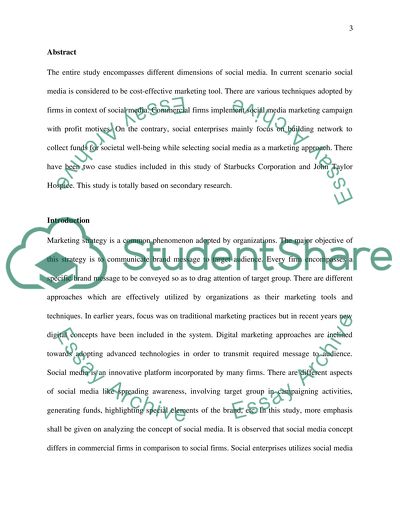Cite this document
(Social Media as the Cost-Effective Marketing Tool for Charities and Research Paper, n.d.)
Social Media as the Cost-Effective Marketing Tool for Charities and Research Paper. Retrieved from https://studentshare.org/marketing/1682928-online-social-enterprise
Social Media as the Cost-Effective Marketing Tool for Charities and Research Paper. Retrieved from https://studentshare.org/marketing/1682928-online-social-enterprise
(Social Media As the Cost-Effective Marketing Tool for Charities and Research Paper)
Social Media As the Cost-Effective Marketing Tool for Charities and Research Paper. https://studentshare.org/marketing/1682928-online-social-enterprise.
Social Media As the Cost-Effective Marketing Tool for Charities and Research Paper. https://studentshare.org/marketing/1682928-online-social-enterprise.
“Social Media As the Cost-Effective Marketing Tool for Charities and Research Paper”, n.d. https://studentshare.org/marketing/1682928-online-social-enterprise.


